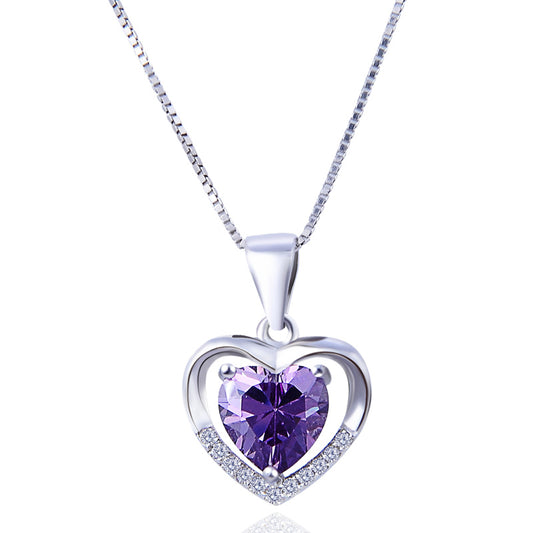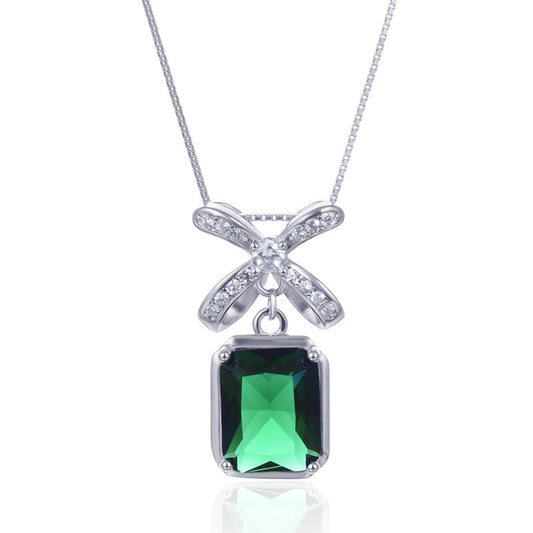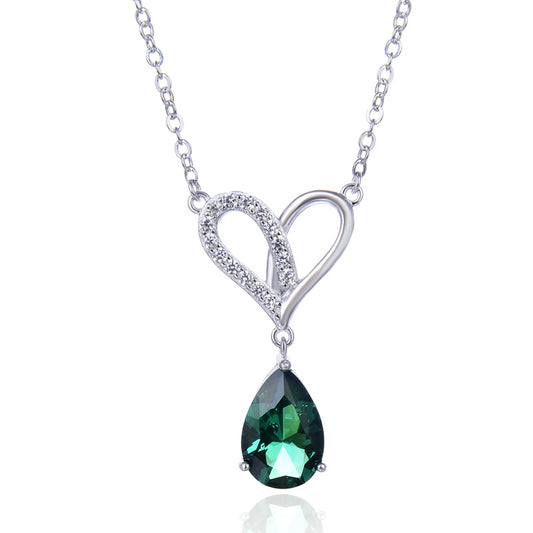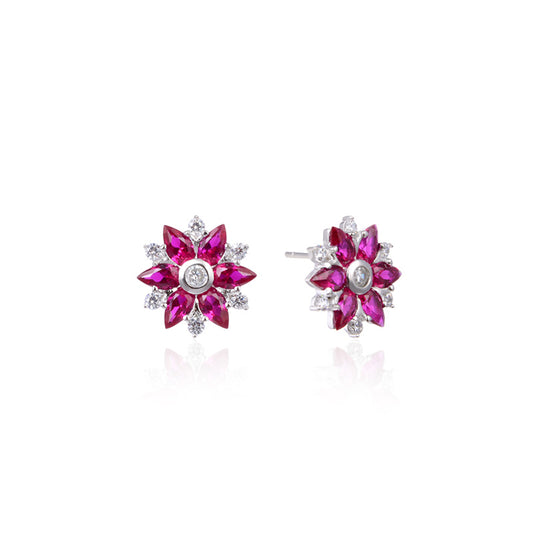Microneedling Bikini Area: A Professional Guide
Microneedling, also known as collagen induction therapy, is a minimally invasive skin rejuvenation procedure that involves the use of fine needles to create micro-injuries in the skin. This process stimulates the body's natural healing response, leading to increased collagen and elastin production, which can improve skin texture, reduce scars, and tighten pores. Recently, there has been an increasing interest in applying microneedling techniques to specific areas of the body, including the bikini area.
Why Microneedling for the Bikini Area?
The bikini area is often a concern for many individuals, especially during the summer months when swimwear becomes a staple of our wardrobes. Whether it's due to ingrown hairs, scarring from shaving or waxing, or general discoloration, the bikini area can be prone to a variety of skin issues. Microneedling offers a potential solution to these problems by stimulating collagen production and improving skin texture.
Preparing for Microneedling
Before undergoing microneedling in the bikini area, it's essential to prepare the skin properly. This involves:
- Cleaning the Area: Make sure the bikini area is clean and free of any dirt, oil, or residual products that might interfere with the procedure. Use a gentle cleanser and warm water to remove any impurities.
- Avoiding Irritants: For a few days before the procedure, avoid using any harsh chemicals or exfoliants in the bikini area. This includes certain soaps, lotions, and creams that might irritate the skin.
- Hair Removal: If necessary, remove any hair from the bikini area a day or two before the procedure. Waxing is generally preferred over shaving, as it lasts longer and reduces the risk of ingrown hairs.
- Consultation: Have a consultation with a professional to discuss your goals, expectations, and any potential risks or side effects.
Procedure Steps
Microneedling for the bikini area typically follows these steps:
- Numbing Cream: A numbing cream may be applied to the bikini area to reduce discomfort during the procedure. This cream needs to be applied about 30-45 minutes before the treatment to take effect.
- Cleaning and Sterilization: The area to be treated will be thoroughly cleansed and sterilized to reduce the risk of infection.
- Microneedling Process: Using a microneedling device, tiny needles will be rolled or stamped over the bikini area, creating micro-channels in the skin. This process may cause mild discomfort, but it should not be painful.
- Post-Procedure Care: After the procedure, a calming and soothing cream or ointment may be applied to the treated area. You may also be given specific instructions on how to care for the treated skin in the days following the procedure.
Post-Microneedling Care
Proper care after microneedling is crucial for optimal results and to avoid any complications. Here are some tips for post-microneedling care:
- Keep the Area Clean: Gently cleanse the bikini area with a mild soap and warm water. Avoid using harsh cleansers or exfoliants, as they may irritate the skin.
- Moisturize: Apply a mild, fragrance-free moisturizer to keep the skin hydrated and promote healing.
- Avoid Direct Sunlight: For a few days after the procedure, avoid exposing the treated area to direct sunlight. If sun exposure is unavoidable, use a sunscreen with a high SPF rating.
- Avoid Irritants: Refrain from using any products that might irritate the skin, such as perfumes, dyes, or chemicals.
- Follow-Up Appointments: Schedule follow-up appointments with your provider to monitor progress and discuss any concerns or issues.
Risks and Side Effects
Although microneedling is generally considered safe, there are some potential risks and side effects to be aware of:
- Redness and Swelling: Immediately after the procedure, you may experience some redness and swelling in the treated area. This is normal and should subside within a few days.
- Bruising: In some cases, bruising may occur. This is more common in areas with thinner skin, like the bikini area. Bruising should fade within a week or two.
- Infection: There is always a risk of infection with any skin procedure. Following proper post-procedure care and keeping the area clean can help reduce this risk.
- Scarring: Although rare, there is a small risk of scarring, especially if the skin is not properly cared for after the procedure.
- Allergic Reactions: Some individuals may experience allergic reactions to the numbing cream or other products used during the procedure. Be sure to inform your provider of any allergies or sensitivities you may have.
Results and Expectations
The results of microneedling in the bikini area can vary from person to person. However, most individuals can expect to see some improvement in skin texture, tone, and scarring within a few weeks to months after the procedure. Here are a few things to keep in mind regarding results and expectations:
- Gradual Improvement: The results of microneedling are not immediate. It may take several weeks to months to see noticeable improvements in the skin.
- Multiple Sessions: Depending on your specific goals and the severity of your skin issues, multiple microneedling sessions may be necessary to achieve the desired results.
- Maintenance: To maintain the results of microneedling, it's important to continue with a healthy skin care routine, including regular cleansing, moisturizing, and protection from the sun.
- Realistic Expectations: While microneedling can significantly improve the appearance of the skin in the bikini area, it's important to have realistic expectations. Severe scarring or skin issues may not be completely resolved with microneedling alone.
Alternatives to Microneedling
If microneedling is not suitable for you or you're looking for alternative treatments for the bikini area, there are several options to consider:
- Laser Hair Removal: This permanent hair removal solution can help reduce ingrown hairs and improve the overall appearance of the bikini area.
- Chemical Peels: Chemical peels use acids to remove the outer layer of skin, revealing smoother, brighter skin underneath. They can be effective for treating scars, discoloration, and uneven skin texture.
- Dermabrasion: This procedure involves sanding down the top layer of skin to improve its appearance. It's often used to treat scars and other skin irregularities.
- Fillers and Injectables: These products can be used to fill in scars or depressions in the skin, creating a smoother, more even surface.
Conclusion
Microneedling for the bikini area can be an effective way to improve skin texture, reduce scarring, and enhance the overall appearance of the skin. However, it's important to have realistic expectations, follow proper post-procedure care, and consult with a professional before undergoing any skin treatment. By combining microneedling with a healthy skin care routine, you can achieve smoother, healthier-looking skin in the bikini area.








